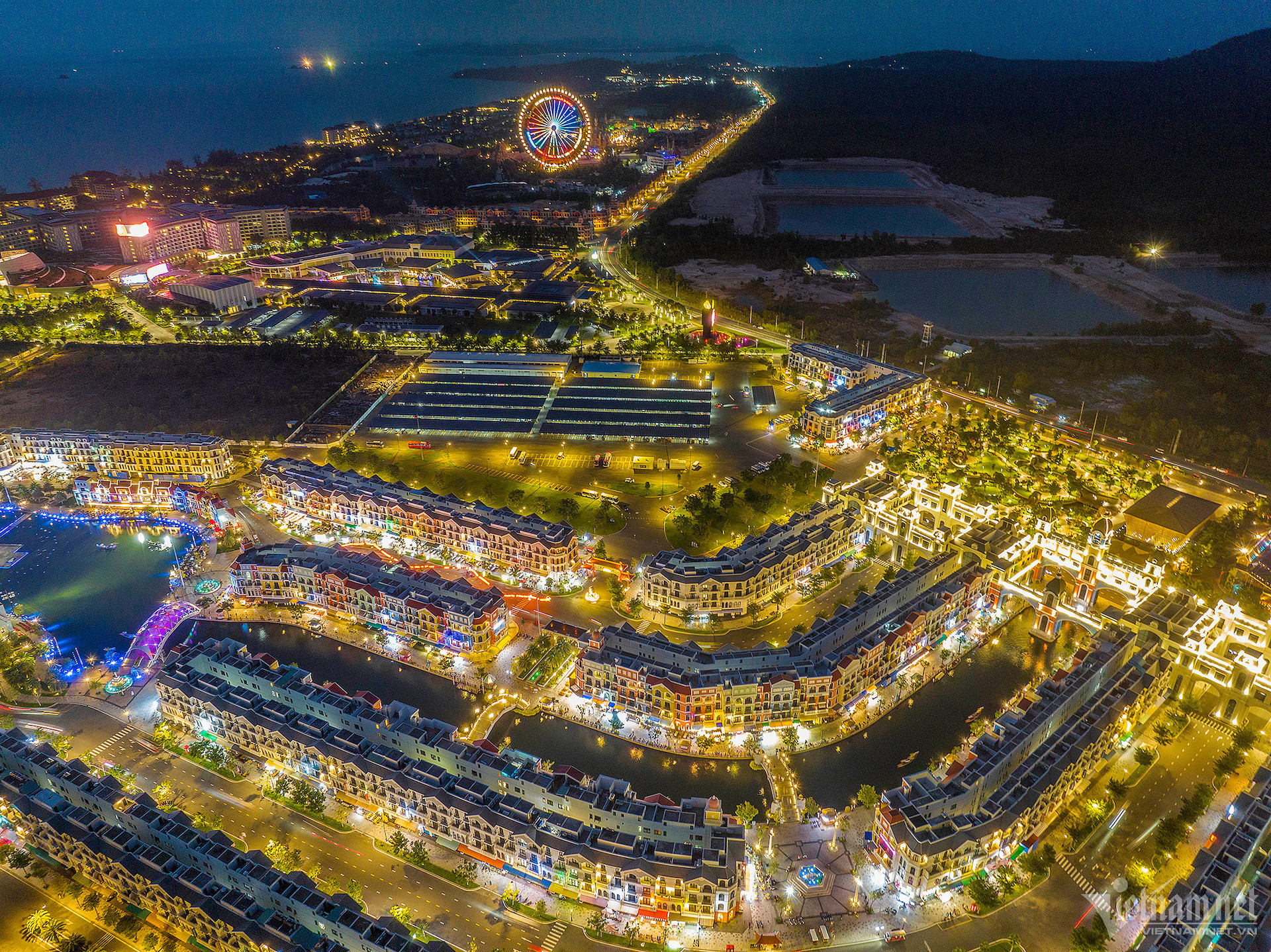
Unlike previous years when only state-owned enterprises (SOEs) existed and regulated the national economy, private corporations have been rising strongly in recent years, such as Thaco, Hoa Phat, Vingroup, Sungroup, TH and FPT. The enterprises bring prosperity and help develop the economy in localities where they set production and business bases.
Vietnam now has six dollar billionaires but experts believe the real number of billionaires is 2-3 times higher.
According to the Ministry of Planning and Investment (MPI), since doi moi (renovation) in 1986, Vietnam has had more than 930,000 operational businesses, 98 percent of which are SMEs (small and medium enterprises). These include 14,400 cooperatives and more than 5 million business households.
The private sector makes up 46 percent of GDP, generates 30 percent of the state budget collections, and uses 85 percent of total workers.
Under Resolution No 10 released in 2017 on developing the private sector into an important driving force, Vietnam strives to have at least 1 million enterprises by 2020, 1.5 million enterprises by 2025 and 2 million by 2030.
Vietnam also wants to increase contributions by the private sector to GDP to 50 percent by 2020, 55 percent by 2025 and 60-65 percent by 2030.
Under Resolution No 66 dated May 9, 2024, Vietnam aims to have at least 2 million businesses by 2030, with businesses making up 65-70 percent of the country’s GDP.
However, the goal of developing 1 million businesses by 2020 has failed, and the goal of developing 1.5 million businesses by 2020 will be unattainable.
With the non-agriculture household economy accounting for 33 percent, Vietnam’s economy remains fragmented. Meanwhile, officially registered private businesses have made up only 10 percent of GDP for many years.
Many reasons have been cited to explain the figures.
A report from the Ho Chi Minh National Academy of Politics (HCMA) pointed out that private enterprises cannot grow because of the worry that if the economic sector grows, it will dominate the national economy and won’t be in line with socialism.
Some politicians fear that some private corporations would be so powerful that they would rule the economy with "underground power" and control Vietnam’s development orientations.
Discriminatory treatment between private and other economic sectors with big resources are still allocated to SOEs, even though the resources cannot be used effectively.
While SOEs and FIEs (foreign invested enterprises) are given the red carpet treatment with offered preferences in land and capital access, and tax incentives, domestic private enterprises cannot enjoy preferences and they have to run under many strict and unnecessary regulations, which are called sub-licenses.
The HCMA’s report also showed that many civil servants harass people and entrepreneurs, causing difficulties for them when following administrative procedures. Private businesses, therefore, are ‘afraid’ of meeting state officials.
The explanations in the report show that policymakers are no strangers to the problems which have been hindering the development of private enterprises.
Meanwhile, high bank loan interest rates have been eroding private enterprises’ inner strength. A recent survey of 30,000 private enterprises found that 47 percent of wanted to slash lending interest rates to ease pressure on input costs for production and business.
Analysts said lending interest rates in Vietnam are 2-3 times higher than those in other market economies in the world. High capital costs have existed for decades.
According to Tran Dinh Thien, a respected economist, said while Vietnamese businesses have extraordinary resilience in struggling with difficulties, they grow slowly.
In the first half 2024, 120,000 businesses were newly established or returned to the market, while 110,000 businesses left, which mean a ratio of 1/1. The figure shows problems in the life expectancy of enterprises. A part of businesses "die" before they mature. And while their resilience is strong, their international competitiveness is weak.
Though large corporations have appeared, they still cannot lead the national economy as expected. Investment in key business fields, including clean energy, semiconductors and hydrogen, remains low.
Tu Giang - Lan Anh